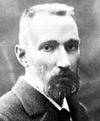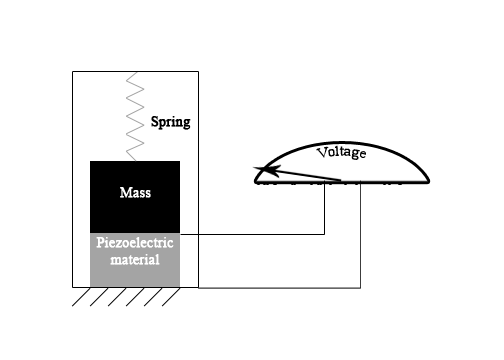Breakthrough in ultrasound physics comes from Pierre Curie

Ultrasound physics took a leap forward when Pierre Curie found that some types of crystals reacted with an electrical potential when mechanical stress was introduced. Called the Piezo-electric effect(piezo means pressure), the idea came from Physicist Gabriel Lippman in 1881. He deduced mathematically, the thermodynamic principal of a mechanical stress in response to an electrical charge. This relationship between crystalline structures and electrical voltage changes created the opportunity to employ ultrasound technology to echo sounding devices. Also see How it works

Curie's experiment was done with several types of crystals including tourmaline, quartz, topaz, cane sugar and Rochelle salt. His theory was the reciprocal of Lippmans. The crystals exhibited an electrical charge when they were subjected to mechanical stress. This would make it possible to send and receive sound waves in high frequency waves.
What is ultrasound?
The foundation of the modern
ultrasound transducer.
Also see that
Paul Langevin had the next breakthrough in ultrasound physics
Back to history of ultrasound
Genesis ultrasound machine Home page





